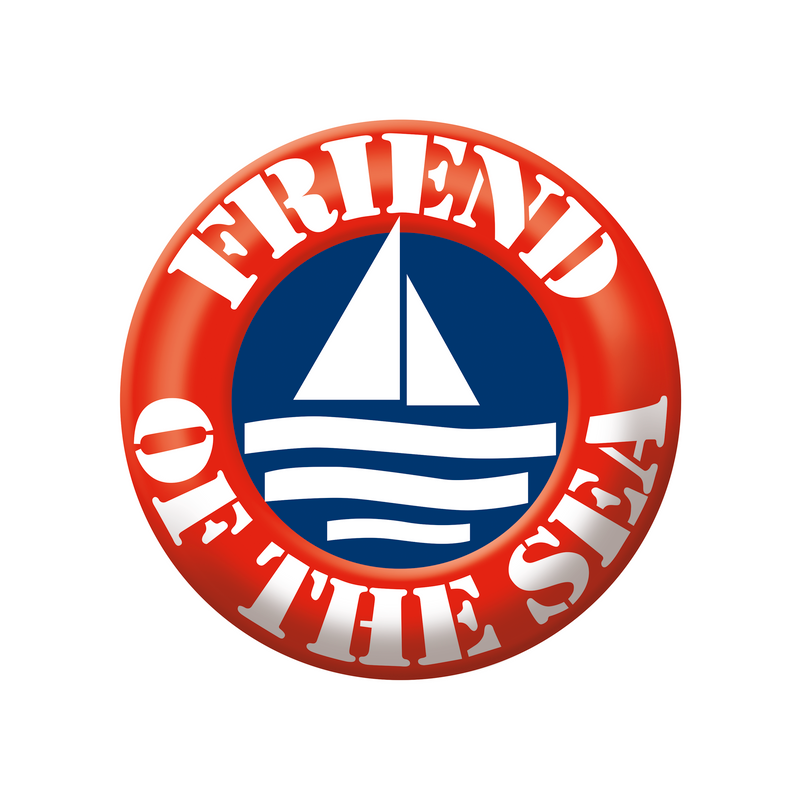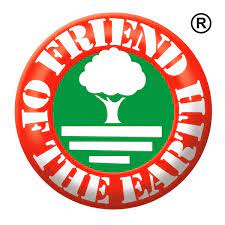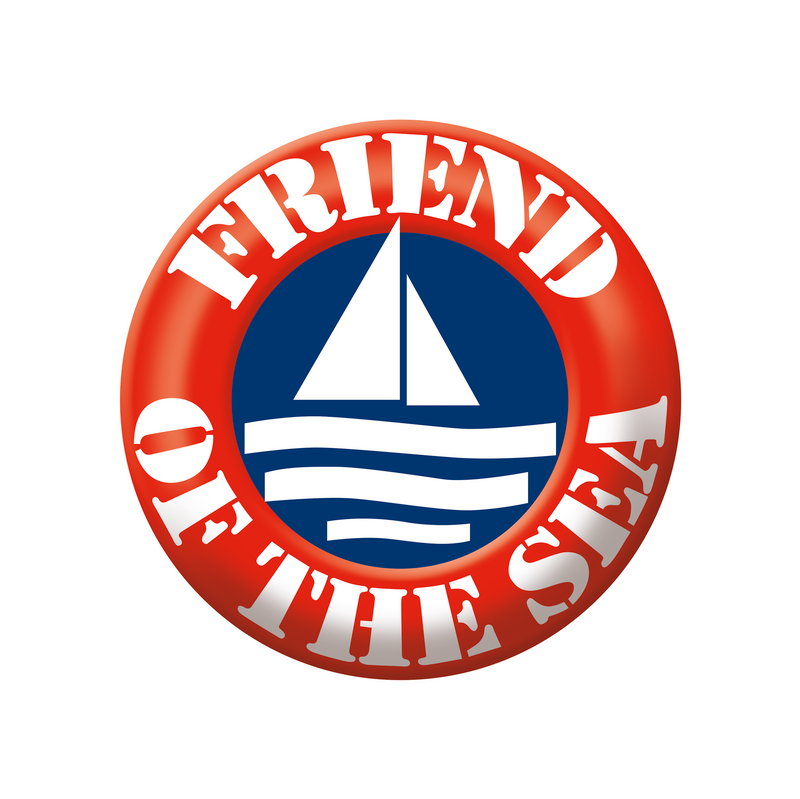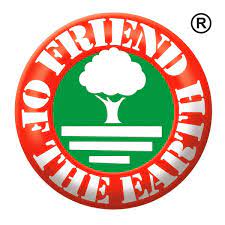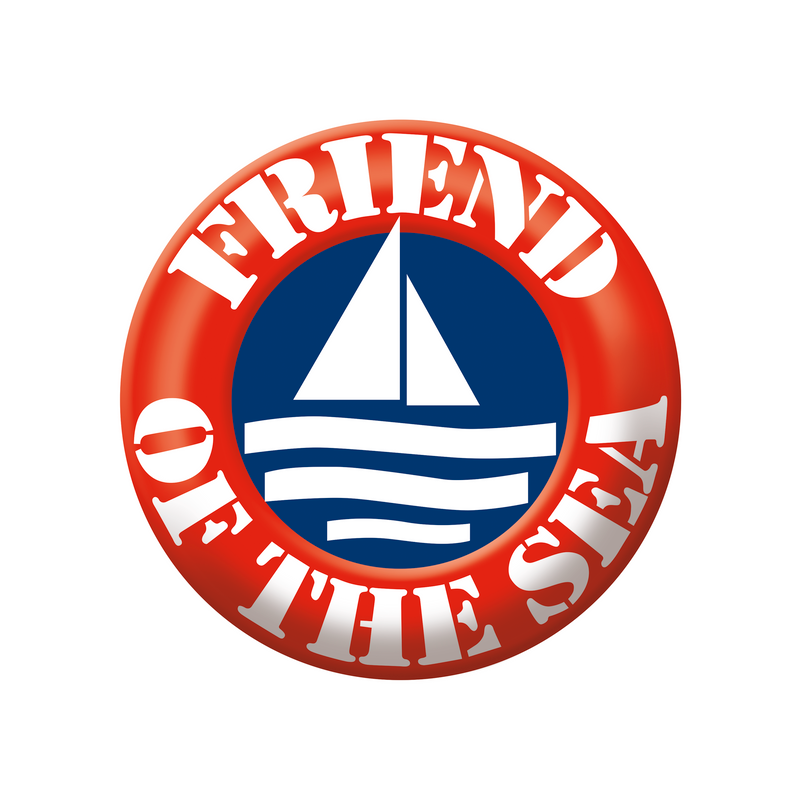Title Page
-
a) NAME OF THE ORGANIZATION TO BE AUDITED
-
b) NAME OF THE ORGANIZATION THAT REQUESTED THE AUDIT
-
c) IS THE ORGANIZATION TO BE AUDITED PART OF A GROUP?
-
d) ADDRESS OF THE UNIT OF CERTIFICATION TO BE AUDITED
-
e) NAME AND CONTACTS OF THE PERSON RESPONSIBLE FOR THE ORGANIZATION TO BE AUDITED
-
f) COMMON NAME OF THE SPECIES BRED (e.g.: Rainbow trout)
-
g) SCIENTIFIC NAME OF THE SPECIES BRED (e.g.: Oncorhynchus mykiss)
-
h) SITES TO BE AUDITED (please list site names and locations)
-
i) SITES VISITED BY THE AUDITOR (if different from f)
-
j) DESCRIPTION OF THE AQUACULTURE SYSTEM: (E.g.: land, bay, offshore, extensive, intensive, basin, tank, cage, nets, etc. Geographical extension, other. If available include a map)
-
k) DESCRIPTION OF BREEDING TECHNIQUES: (Summary of breeding techniques from broodstock, to hatching, to the finished product)
-
l) l) ACTIVITY OF THE ORGANIZATION TO BE AUDITED: - breeding - pre-transformation - final transformation - import - export - distribution - other (description):
-
m) DESCRIPTION OF THE FINAL PRODUCT: (e.g.: fresh, frozen, canned, other)
-
n) BRANDS OF FINISHED PRODUCT: (List of brands under which the product is sold. If available include images of the brands)
-
o) DESCRIPTION AND LOCATION OF FREEZERS AND WAREHOUSES, IF ANY: (For product traceability purposes)
-
p) TOTAL NUMBER OF EMPLOYEES: optional
-
q) ENVIRONMENTAL CERTIFICATIONS AND AWARDS:
-
r) ADDITIONAL INFORMATION:
-
TYPE OF AUDIT
-
Location
1. MANAGEMENT OF THE AQUACULTURE SYSTEM
-
1.1 A sustainable aquaculture system shall implement management procedures for the following aspects:
-
1.1.1 responsibility and authority of the environmental<br>management of the company.
LEVEL IMPORTANT. Parameters and information: The organization shall have appointed at least one employee as responsible of the environmental management of the company.
-
1.1.2 Control of documents and registers (including the update of the environmental laws to comply with).
LEVEL IMPORTANT. Parameters and information: The procedure shall require at least one yearly check and update of the environmental laws. Documents and registers shall be kept for at least 6 years.
-
1.1.3 Control of monitoring systems and measurement of environmental footprint parameters.
LEVEL IMPORTANT. Parameters and information: Control and measurement of environmental footprint shall be carried out at least every six months.
-
-
1.1.4 Control and maintenance of infrastructures
LEVEL IMPORTANT. Parameters and information: Control and maintenance of infrastructures shall be carried out at least every six months.
-
1.1.5 Readiness for environmental emergencies and capability to address to them.
LEVEL IMPORTANT. Parameters and information: The procedure shall require a simulation of environmental emergency at least once a year.
-
1.1.6 Management of corrective actions (due to non-conformities and recommendations).
- Yes
- No
- N/A
LEVEL IMPORTANT. Parameters and information: The procedure shall require the correction of non-conformities and recommendations within at least 6 months from the detection or notification of the non-conformity.
2. SITE LOCATION
-
2.1 The organization obtained a licence or permit for the development of the site, if required by the national regulation.
LEVEL ESSENTIAL. The Organization provides evidence of valid and up-to-date permit or licence.
-
2.2 An Environmental Footprint Assessment (EFA) was carried out with a positive outcome, if required by the national regulation.
LEVEL ESSENTIAL. Parameters and information: The organization provides evidence of a positive EFA.
-
2.3 In case the national regulation does not require an EFA, the organization has arranged a footprint study carried out by a third party and such study shall verify that critical ecosystems, such as mangroves, rivers, lakes, bays, estuaries, wet areas, swamps and morasses have not been altered.
LEVEL ESSENTIAL. Parameters and information: 1.The Organization provides evidence of footprint study carried out by a third party, that shall have kept into consideration at least the following parameters: 1.1 technical-scientific data on condition, structure and functioning of the environment; 1.2 data on the technological characteristics of the system; 1.3 forecast on the behaviour of the environment and interactions between project and environmental components; 1.4 summary and comparison of footprint and direct/indirect benefits of the system. The study shall assess and calculate environmental footprint direct or indirect, short or long term, permanent or temporary, single or cumulative. 2.The study takes into consideration the following environmental factors, also in connection to each other: 2.1 human being, 2.2 fauna, 2.3 flora, 2.4 soil, 2.5 water, 2.6 air,2.7 2.7 climatic factors and 2.8 landscape; 2.9 cultural heritage.
3. INFRASTRUCTURES
-
3.1 The average yearly percentage of fish escapes is not higher than 0.5% of the total of farmed fish.
LEVEL IMPORTANT. Parameters and information: The organization shall provide evidence of the compliance with the maximum limit of 0.5% of fish escape of the total of brad fish and undertakes not to exceed such average.
-
3.2 In order to minimize the leakage of eggs, larvae and bred species, the organization implements:
-
3.2.1 Screens, filters or similar
LEVEL ESSENTIAL. Parameters and information: The organization shall have a technical declaration of the supplier that certifies the suitability of nets, filters and other structures for the reduction of the leakage of eggs, larvae and bred species.
-
3.2.2 Control and maintenance procedures
LEVEL ESSENTIAL. Parameters and information: The procedures shall require control and maintenance to be performed at least every six months.
-
3.2.3 Procedures and alert systems in case of exceptional weather events
LEVEL ESSENTIAL. Parameters and information: The procedures shall require at least a yearly simulation.
-
3.3 In order to prevent other organisms, such as birds or other predators, from entering the system, the Organization implemented:
-
3.3.1 Screens, filters, cover-up nets or similar
LEVEL ESSENTIAL. Parameters and information: The organization shall have a technical declaration of the supplier that certifies the suitability of nets, filters, and other structures for preventing other organisms such as birds or other predators from entering the system.
-
3.3.2 Control and maintenance procedures
LEVEL ESSENTIAL. Parameters and information: The procedures shall require control and maintenance to be performed at least every six months.
-
3.4 In case of escapes of animals, the organization provided procedures for:
-
3.4.1 Recording escapes
LEVEL ESSENTIAL. Parameters and information: The records shall be carried out at least once a week also stating the absence of escapes.
-
3.4.2 Promptly notify the competent local authorities
LEVEL ESSENTIAL. Parameters and information: The procedure shall include telephone numbers and email addresses of the competent authorities to be contacted in case of fish escape. The procedure shall require that the competent authorities are alerted within a maximum of 30 minutes from detecting the escape.
-
3.4.3 Implement corrective measures addressed to reduce future risks of further escapes due to similar causes.
LEVEL ESSENTIAL. Parameters and information: The procedure shall require the implementation of corrective actions within 6 months from the detection of notification of the issue.
-
3.5 The Organization does not use toxic anti-vegetative paint.
LEVEL ESSENTIAL. Parameters and information:The organisation shall provide an independent scientific assessment that proves non-toxicity.
4. FATTENING
-
4.1 Species fished for fattening shall originate from fishing activities approved by Friend of the Sea.<br>http://www.friendofthesea.org/fisheries.asp
LEVEL ESSENTIAL. Parameters and information: The updated list of the fleet approved by Friend of the Sea is available on http://www.friendofthesea.org/fisheries.asp
5. FEEDING
-
5.1 The organization uses animal feed certified by Friend of the Sea, when available on the market for the species farmed. http://www.friendofthesea.org/certified-products.asp<br><br>Alternatively, the Organization uses trimmings from processing of edible products.
LEVEL RECOMMENDATION. Parameters and information: The updated list is available on the Friend of the Sea website.
-
5.2 The organisation uses animal feed produced by IFFO certified plants such as Responsible Sourcing / Responsible Production.
LEVEL ESSENTIAL. Parameters and information: The updated list of the plants certified by IFFO is available on http://www.iffo.net/default.asp?contentID=74 2
-
5.3 The organization collects and maintain records of feed conversion index.
LEVEL IMPORTANT. Parameters and information: The data shall be collected at least every six months.
6. GMO AND GROWTH HORMONES
-
6.1 The use of GMO fish species is not allowed.
LEVEL ESSENTIAL. Parameters and information: Absence of GMO fish species.
-
6.2 The use of growth hormones is not allowed.
LEVEL ESSENTIAL. Parameters and information: Absence of growth hormones.
7. DISEASE PREVENTION AND USE OF DRUGS
-
7.1 The organization does not use drugs as preventive measures
LEVEL ESSENTIAL. Parameters and information: Such commitment shall be formally specified in the company policies.
-
7.2 The organization uses only legal drugs and chemical compounds, as permitted by the local, national or international regulation and only when justified by the occurrence of specific issues.
LEVEL ESSENTIAL. Parameters and information: Refer to http://www.fao.org/fishery/nalo/search/en
8. MANAGEMENT OF WATERS AND WASTEWATERS
-
8.1 The water quality parameters of the effluents shall comply with the national regulations.<br>When national regulations are not in place, water quality parameters shall comply with the following parameters:
-
8.1.1 Ammonium (NH4)
LEVEL ESSENTIAL. Parameters and information: ≤1 mg/L
-
8.1.2 Nitrate (NO3-)
LEVEL ESSENTIAL. Parameters and information: ≤15 mg/L
-
8.1.3 Nitrite (NO2)
LEVEL ESSENTIAL. Parameters and information: ≤1 mg/L
-
8.1.4 Phosphorus (PO4)
LEVEL ESSENTIAL. Parameters and information: ≤0.2 mg/L
-
8.1.5 Dissolved Oxygen
LEVEL IMPORTANT. Parameters and information: ≥5 mg/L
-
8.1.6 CO2
LEVEL ESSENTIAL. Parameters and information: <2.0 ppm
-
8.1.7 Cd
LEVEL ESSENTIAL. Parameters and information: ≤0.05 mg/kg
-
8.1.8 Pb
LEVEL ESSENTIAL. Parameters and information: ≤0.03 mg/kg
-
8.1.9 Zn
- Yes
- No
- N/A
LEVEL ESSENTIAL. Parameters and information: ≤0.02 mg/kg
-
8.1.10 Cu
LEVEL ESSENTIAL. Parameters and information: ≤0.01 mg/kg
-
8.1.11 Trophic Index value
LEVEL RECOMMENDATION. Parameters and information: ≤6
-
8.2 The effluents shall be monitored at least once every six months.
LEVEL IMPORTANT. Parameters and information: The monitoring shall be carried out at least every 6 months.
-
8.3 The company maintains records of the water chemical analyses carried out.
LEVEL IMPORTANT. Parameters and information: The records shall be kept for at least 5 years.
9. HAZARDOUS SUBSTANCES
-
9.1 Using toxic and persistent chemical compounds (e.g. TBT, Malachite Green, DDT) is forbidden. The use of forbidden substances shall occur in compliance with the safety regulations.
LEVEL ESSENTIAL. Parameters and information: As reference to the existing international regulation verify http://www.fao.org/fishery/nalo/search/en
10. ENERGY MANAGEMENT
-
10.1 The Organization shall keep a register<br>of the energy consumption, updated at least once a year.<br>
LEVEL IMPORTANT. Parameters and information: The at least-yearly frequency of the energy consumption records shall be included in the procedure. The register shall state at least the following parameters: 1. incoming energy sources, 2. energy consumption values and 3. consumption per production phase and 4. per product unit.
-
10.2 The organization undertakes to achieve a yearly energy consumption reduction per product unit.
LEVEL RECOMMENDATION
11. SOCIAL ACCOUNTABILITY
-
11.1 The Organization shall respect human rights, complying with the following requirements:
-
11.1.1 Comply with national regulations and ILO on child labor
LEVEL ESSENTIAL. Parameters and information: Refer to ILO: http://www.ilo.org/global/standards/introduction-to-international-labour-standards/lang--en/index.htm
-
11.1.2 Pay the workers adequate salaries compliant at least with minimum legal wages.
LEVEL ESSENTIAL. Parameters and information: Minimum wages vary depending on the country. The Auditor shall verify the Organisation knows about it.
-
11.1.3 Grant their workers access to healthcare.
LEVEL ESSENTIAL
-
11.1.4 Apply the safety measures required by the law.
LEVEL ESSENTIAL
-
11.2 The organisation should be SA8000-certified.
LEVEL RECOMMENDATION
12. TRACEABILITY
-
12.1 The Company shall implement a traceability system that allows verifying that the certified products come from approved systems and there is no possibility of exchange with products coming from non-certified systems.
